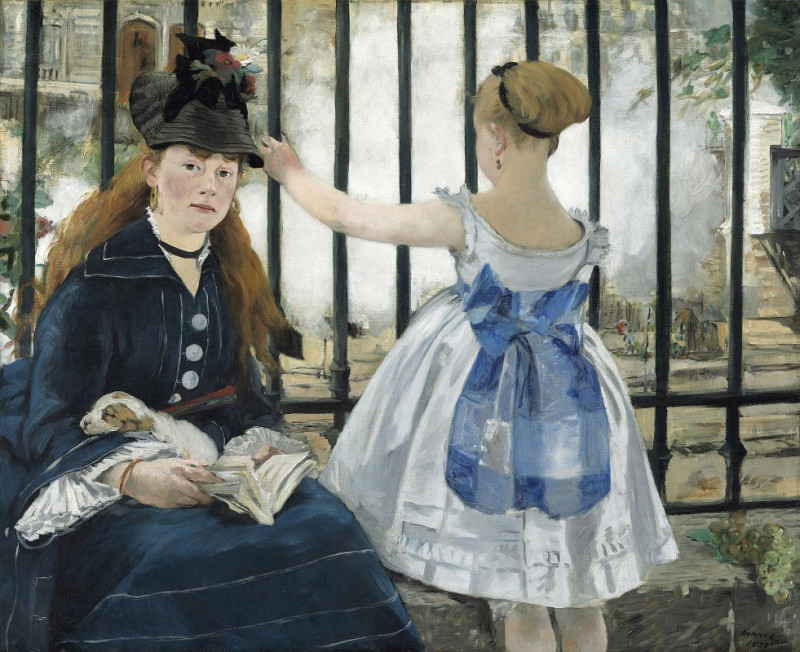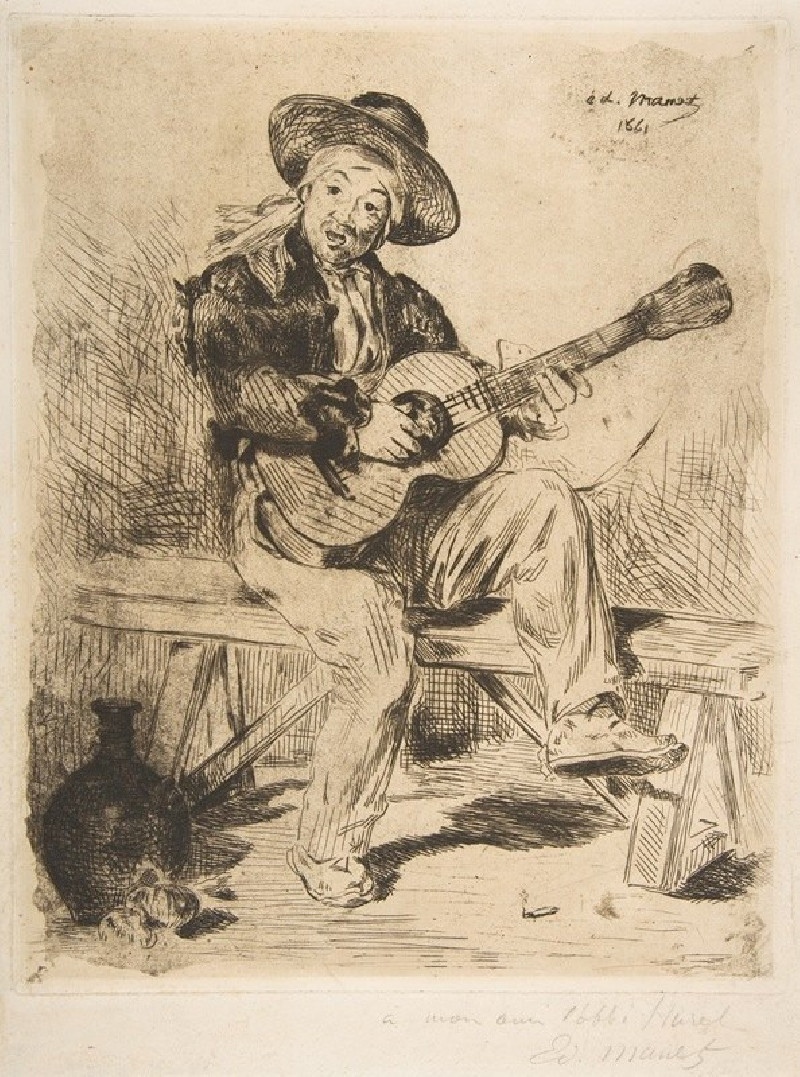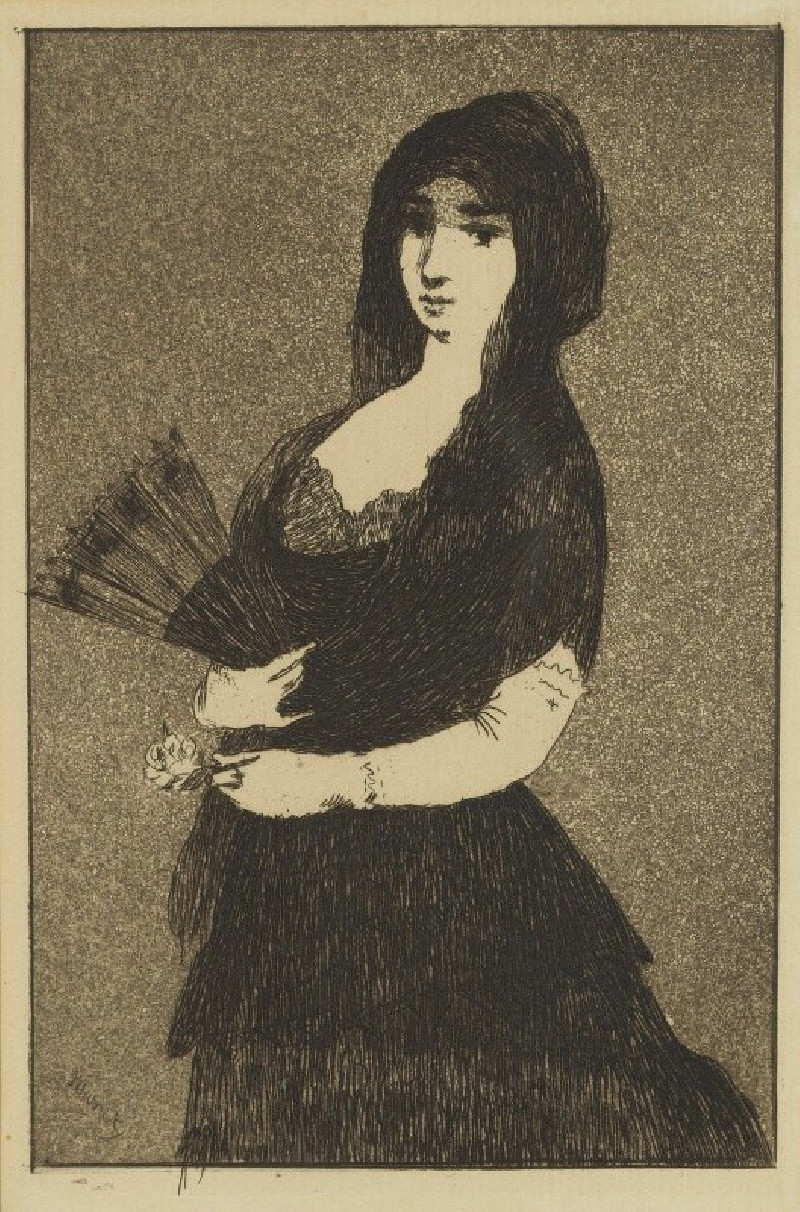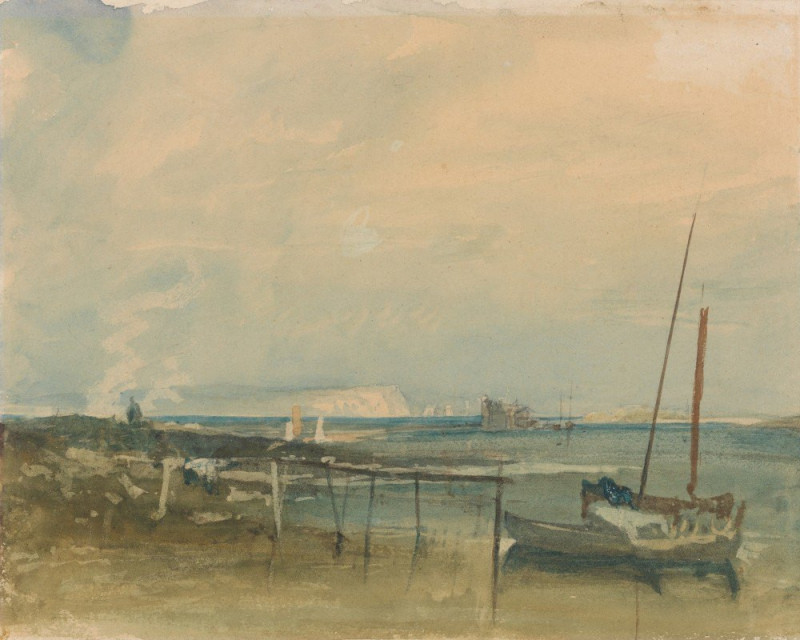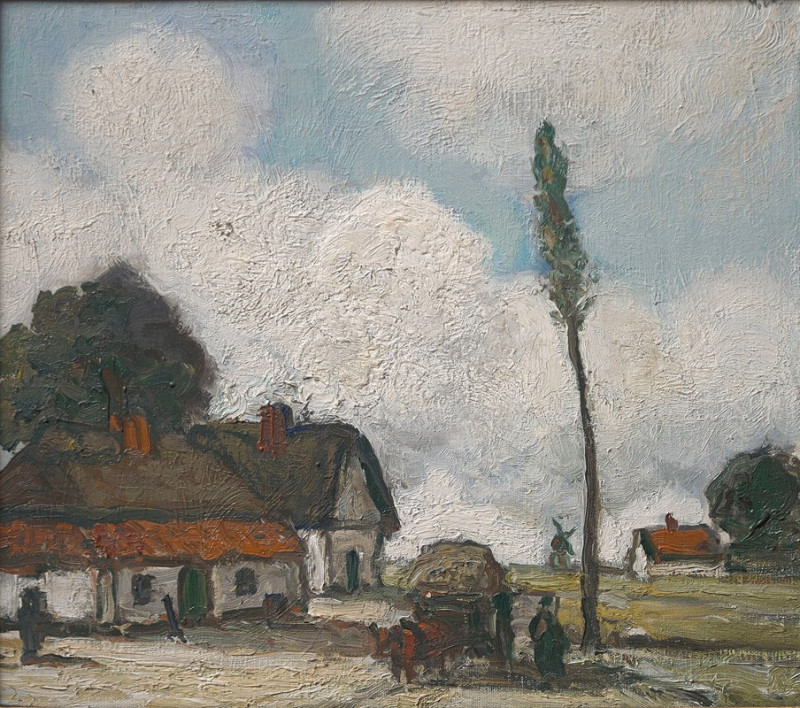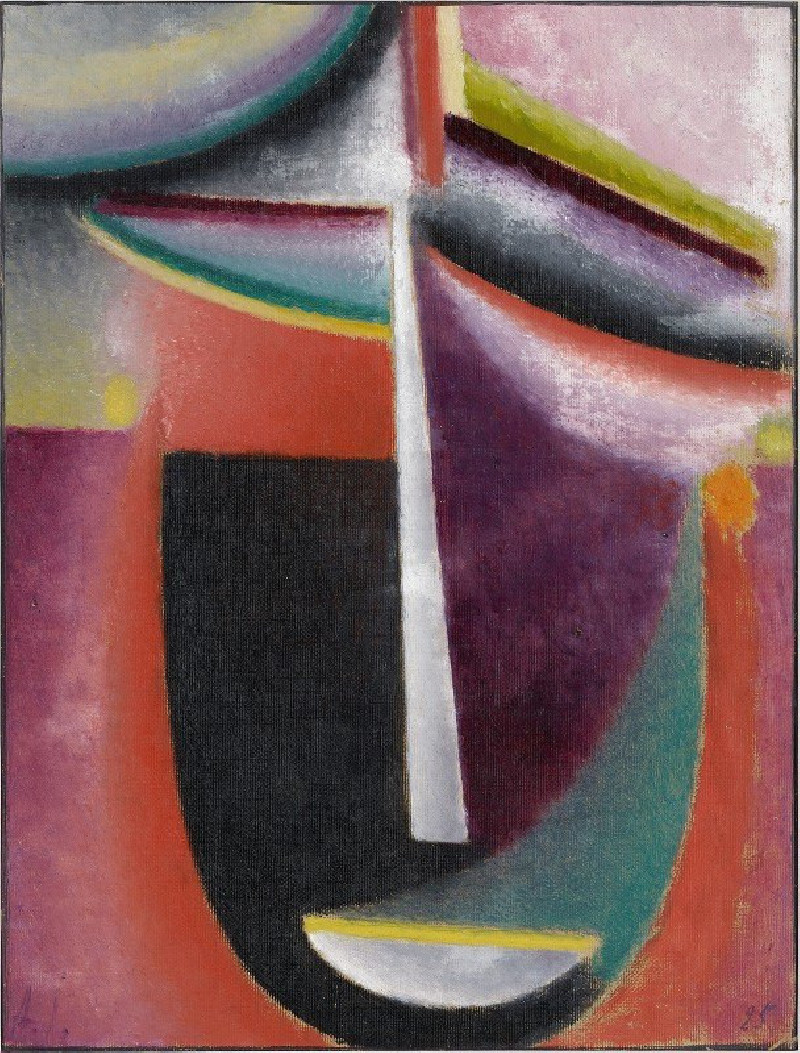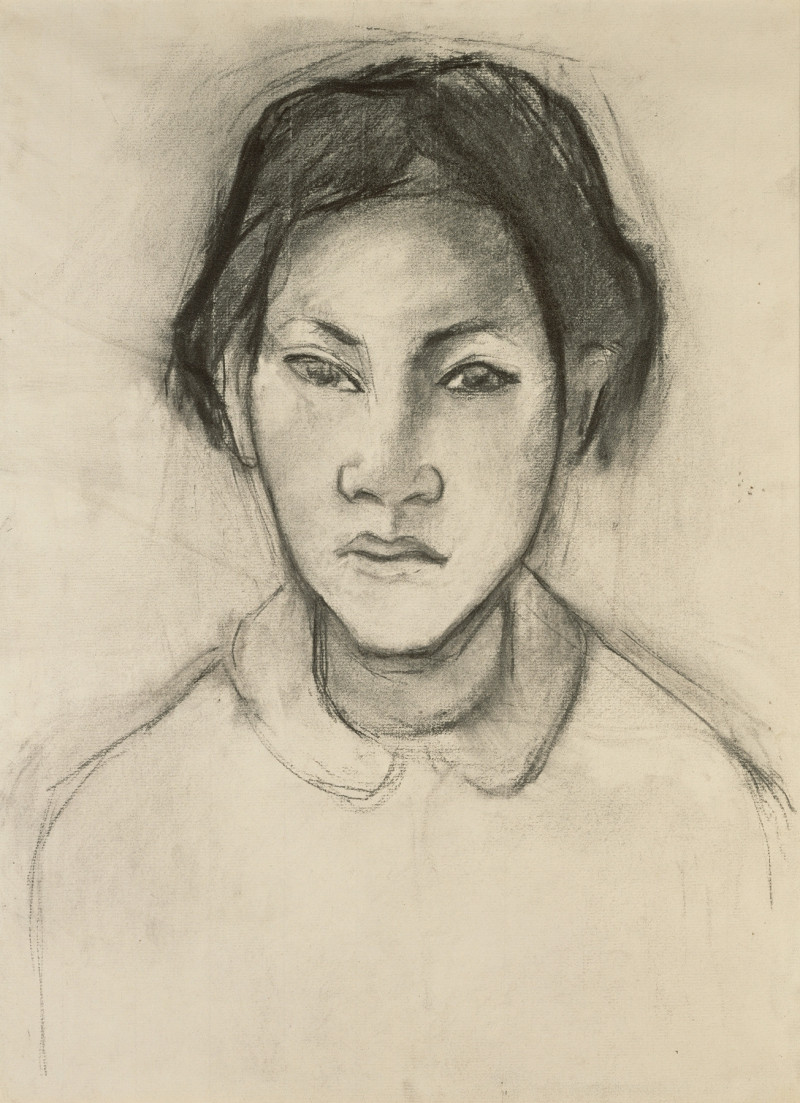Laundry (1875)
Technique: Giclée quality print
Recommended by our customers
More about this artwork
Edouard Manet's 1875 painting "Laundry" portrays a vivid, serene moment set against the backdrop of a lush garden. This beautiful canvas captures the simplicity and intimacy of everyday life, depicting a woman and a young child engaging in the act of laundry. The woman, clad in a striking blue dress, is seen pouring water from a jug into a wooden wash basin. She looks gently towards the child, who, adorned with a charming straw hat, appears curious and involved, holding up a small item, possibly a soap.The scene is bathed in natural light, with a variety of vibrant flowers blooming around them, adding splashes of red, yellow, and green to the composition, which contrasts beautifully with the crisp whites of the hanging laundry. This piece not only reflects Manet's masterful use of color and light but also his ability to capture the beauty in daily tasks and the gentle relationships between people.
Delivery
Returns
Édouard Manet (1832–1883) was a French modernist painter and one of the first 19th century artists to paint modern life. His impressionist style is characterized by relatively small and thin brushstrokes that create emphasis on light depiction. Manet was one of the key artists in the transition from realism to impressionism, along with Claude Monet, Edgar Degas, and Pierre-Auguste Renoir. However, he resisted involvement in any one specific style of painting, and only presented his work to the Salon of Paris instead of impressionist exhibitions. His early masterworks, The Luncheon on the Grass and Olympia, created great controversy and served as a rallying point for other young painters.










